The Swiss are known for their precision and predictability. Their trains run on time and their watches are the benchmark of quality. Well, even the most polished community needs to loosen up sometimes. Especially at the tail end of winter in advance of the Lenten season of fasting and pious reflection. Much like Mardi Gras, Carnival in most parts of Switzerland takes the form of parades and costumes. In the quiet Lötschen Valley, the spirits of winter get scared away with a wilder and more ancient ritual.
Before you ever see one, the strange haunting cadence of the cowbell’s ring will tip you off to their presence. According to Lötschentaler folklore if you hear it after the sun goes down, you’d better run and hide. Otherwise the Tschäggättä are coming for you — you’ve been warned!
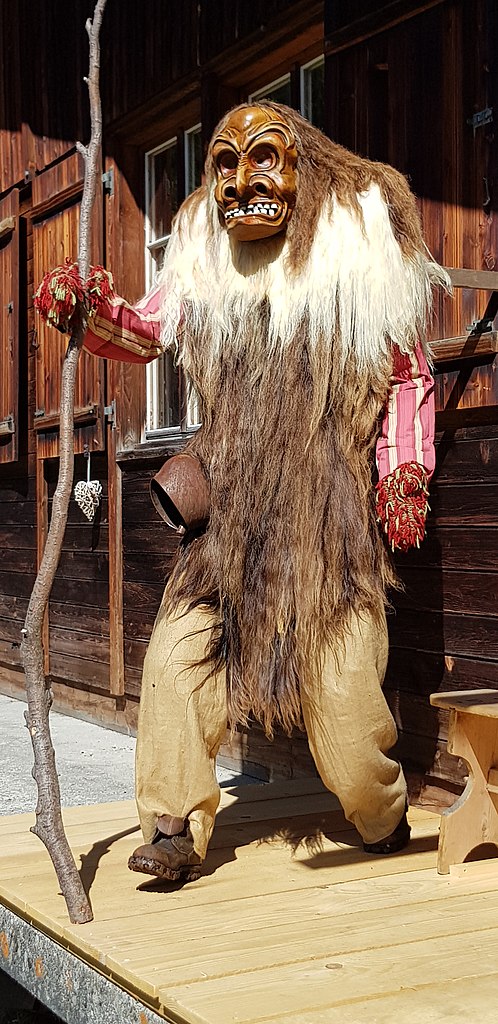
It seems like every remote valley in Switzerland has its own unique take on certain traditions and customs, and it’s easy to understand why. Before modern transportation, these valley’s were geographically cut off from outside contact by the imposing mountain terrain — especially in winter. The Lötschental in Switzerland’s Valais region is no different. According to Thomas Antonietti, curator of the Lötschentaler Museum, the origins of this bizarrely amusing custom are a mystery. The earliest known account of it goes back to 1860 church records. But it’s believed to go much further back than that with roots in Pagan traditions aimed at driving out evil winter spirits. The most current evolution loosely aligns with Mardi Gras and the beginning of Lent: a spontaneous celebration late in winter when cabin fever is just about at its peak and everyone is praying for spring.
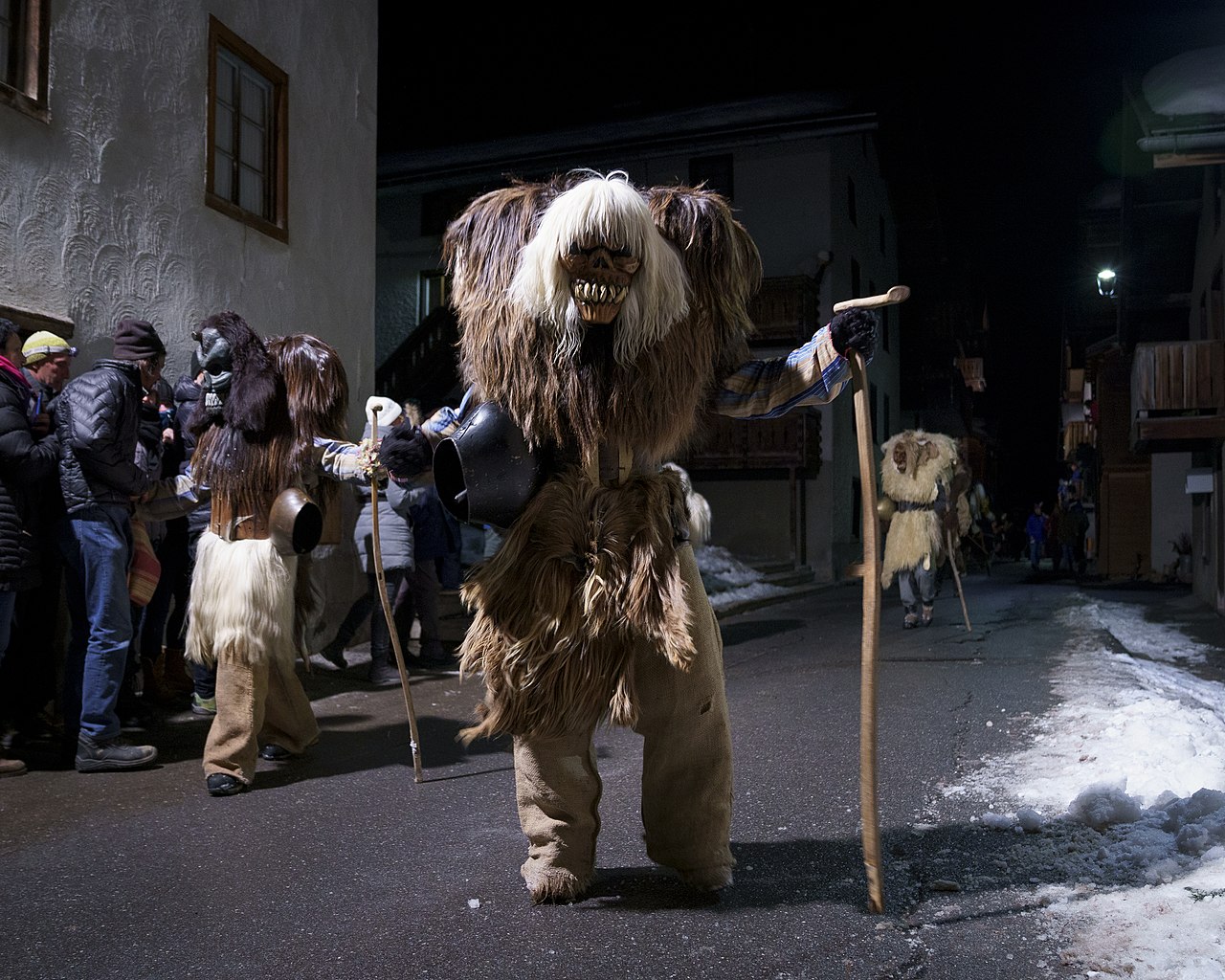
The tschäggättä are grotesque, imposing, and mischievous characters. They appear out of the dusky shadows announced by the insistent jerky clanging from the large cowbells at their waists. All found wandering the streets at this hour will be pursued, although it seems pretty girls are their favorite target. The tschäggättä bounce and stagger through the streets throwing soot, taunting and rubbing snow in the faces of the victims they catch, maybe even requiring a ransom. They are awesome and awful at once — dreadful as much as playful, but really only hinting at terror.
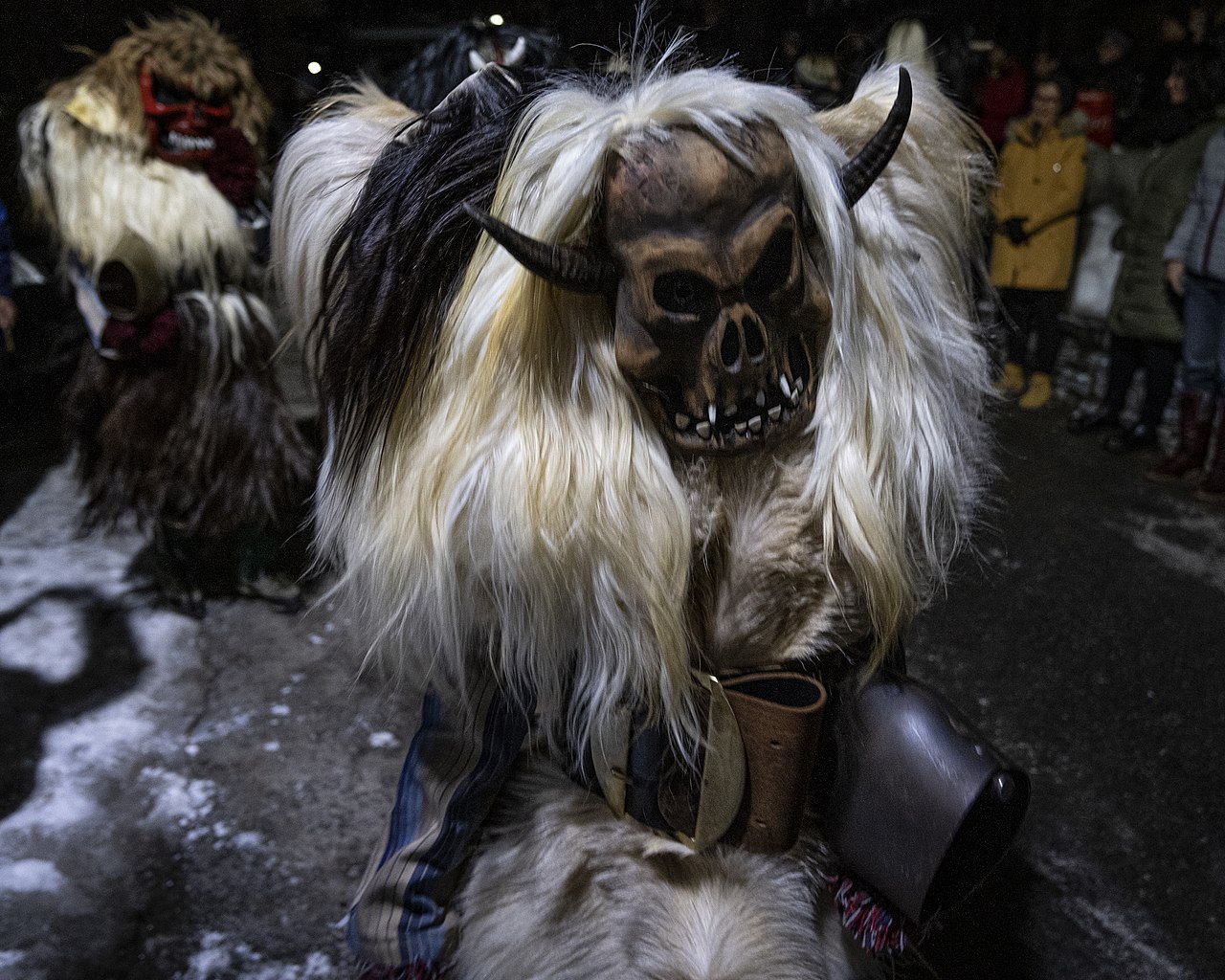
Antonietti believes this “moderately aggressive” rough behavior is one of the three defining characteristics of a good tschäggätta. The other two, “the mask and the disguise,” are often passed down one generation to the next. These oversized masks are larger than life; toothy and wild-eyed with shifty grins and fuzzy heads. They are usually hand-carved from pine and often adorned with animal teeth and horns. The wearers’ shoulders are built up high and square and covered with thick fur, making their heads appear to grow straight from their chests. A cow bell the size of one’s head and a wooden staff called a Schtäkkun are standard issue. The hands are concealed with mittens made of colorful shaggy scrap yarn, and the burlap sack pants are made long to engulf the feet. The disguise must be total, lest someone recognize their neighbors shoes and spoil the fun!
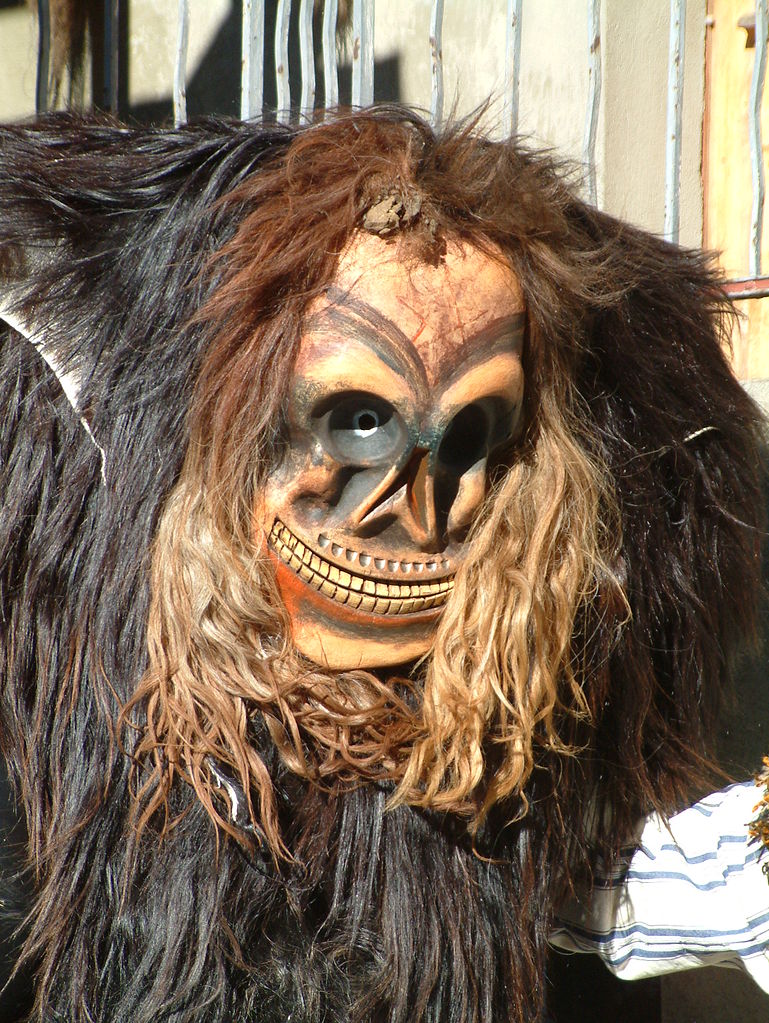

As wild as it all might sound, I think there’s wisdom in a carrying on a tradition like Tschäggättä. There’s an element of fun and surprise, and a communal loosening up at the end of a long challenging period. What better way to blow off a little steam than the passing on of a local craft and coming together to drive out the evil spirits?

